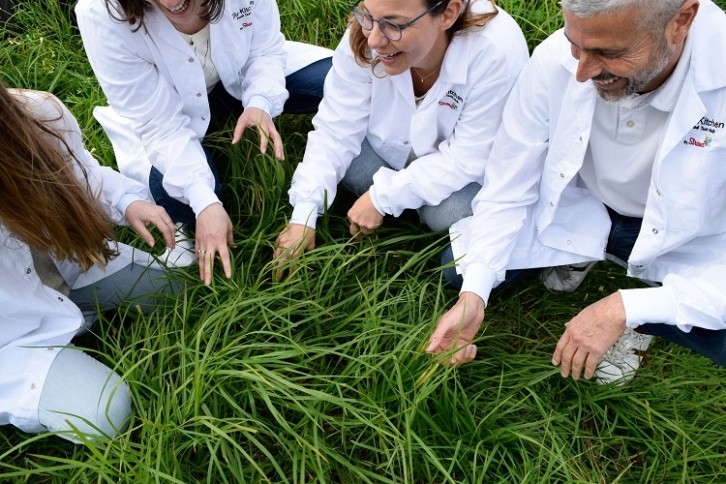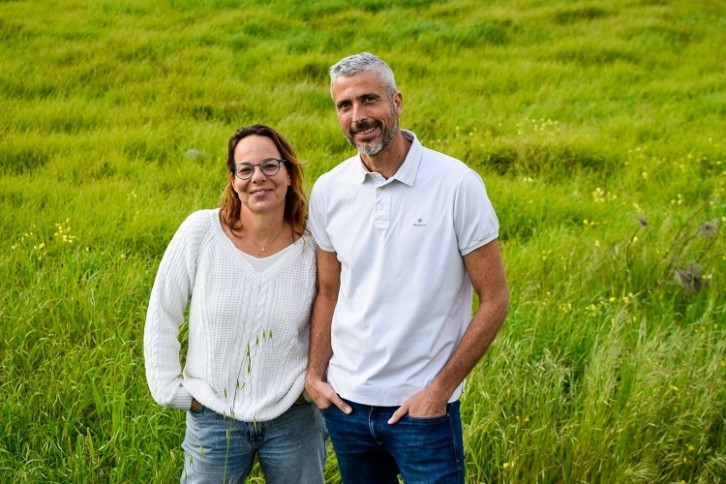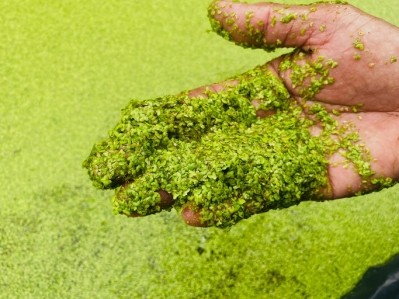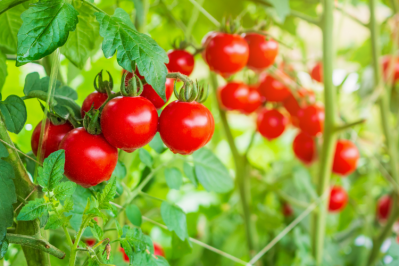Rubisco: Overcoming extraction hurdles to market the ‘most abundant protein on earth’
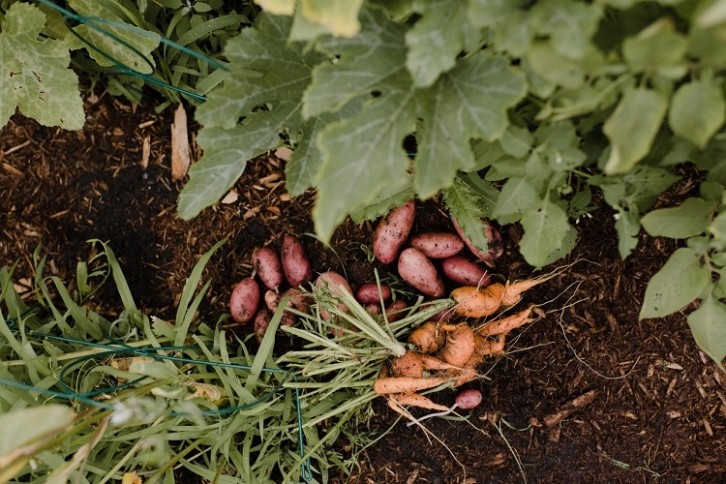
Rubisco protein sounds almost too good to be true. Found in every green leaf of every green plant, Rubisco may well be the most abundant protein on the planet.
Not only is it plentiful, but Rubisco is a complete protein (meaning it contains all nine essential amino acids) and is considered as high quality as eggs, casein and soy protein. It even scores a higher PDCAAS than beef.
Rubisco is also considered a highly functional protein, and when derived from agricultural side streams, is environmentally sustainable.
Despite its obvious benefits, Rubisco is not commercially available to food manufacturers. For years, extracting the protein from leaves in a cost-effective way, while ensuring its properties and functionality are retained, has had scientists stumped.
But a new start-up out of Israel, Day 8, believes it can turn discarded crop leaves into a taste-neutral protein for the plant-based food industry and wants to push a product through to market by 2026.
What is Rubisco and can it be produced cost-effectively?
Rubisco (alternatively written as RubisCO or RuBisCO), stands for Ribulose-1,5-bisphosphate carboxylase/oxygenase. The protein is responsible for the photosynthesis function in plants.
What is PDCAAS?
PDCAAS, which stands for protein digestibility-corrected amino acid score, is a way of evaluating the quality of protein based on both the amino acid requirements of humans and their ability to digest it.
The highest possible PDCAAS score is 1.0, the lowest is 0. Proteins scoring 1.0 include cow’s milk, eggs, casein, whey, soy protein, and Rubisco. Mycoprotein is not far off the top score with 0.996. Soy, beef and chicken all score within 0.9 and 0.95.
In its pure form, Rubisco has a neutral aroma, colour and flavour, but in plants the protein is tightly coupled with chlorophyll which is greenish in colour. This presents a challenge to scientists: Rubisco needs to be separated from the chlorophyll, while maintaining its neutral colour and functionality.
“These are all challenges that we address within the extraction process,” Day 8 CEO Daniel Rejzner explained. “We’ve managed to extract it in a taste-neutral fashion and hope it will unlock a very large generation of new products that capture the mass market.”
So how is Day 8 doing all without cost-effectively? Hesitant to reveal too much about the extraction process itself, Rejzner told us that since Rubisco is soluble, the first step is to separate the liquid within the leaf from the fibre. “What I can say is that we don’t use any solvents, which is important to us – we want good, natural products with clean labels.”
The challenge lies in separating the chlorophyll (and colour) from the Rubisco protein. Since colour can also be linked to odour and taste, this is essential to the process.
What Day 8 could reveal is how it plans to reduce the cost of Rubisco production. The start-up wants to leverage existing crops. “If you think about every plant you eat, where the leaf is not the product – from cucumbers to bananas and carrots – tonnes of biomass is grown but discarded on the ground.”
Day 8 estimates that approximately 2.7trn tonnes of discarded leaves can be upcycled annually, with the potential to produce the protein equivalent of 11 times the world’s soy protein consumption – but without any incremental land, and much less water and energy.
It doesn’t make the resource free, because there is work associated with sourcing it, but it does eliminate costs associated with growing the raw material, we were told.
“From a financial standpoint, that’s very exciting: eliminating one cost element that everybody else has [for soy, pea, and other plant proteins].
“We can feed humanity without growing anything, it’s already been grown.”
Disrupting the plant-based sector with Rubisco protein
Day 8 sees significant potential for Rubisco to replace conventional plant proteins – whether soy, pea or chickpea – in plant-based meat and dairy applications.
What's in a name?
The name for the start-up, Day 8, comes from the Genesis creation narrative, whereby the world was created in seven days. “It’s a kind of spin-off, meaning it’s our turn now to take care of what’s being created,” explained CEO Daniel Rejzner. “Now it’s the eighth day, and it’s up to us.”
In recent years the plant-based meat sector has succeeded in producing a variety of products and sparking consumer interest, but failed in securing repeat purchases, according to Rejzner. “With enough marketing dollars, you can always get people to try your product. But repeat purchase – which is what is important – you only get when a product is good.
The reality is that these products have not delivered on their promise, the CEO stressed. “From a consumer standpoint, they’re not good enough. We want to help our customers make products consumers will want to buy.”
Conventional plant proteins have long been associated with beany, earthy and bitter off-notes, and Rejzner believes products can only be as good as their ingredients. “Obviously it’s hard to make a good tasting product when the ingredients don’t taste good.”
Rubisco offers other forms of functionality. It can serve as a thickener and emulsifier to replace methylcellulose in plant-based meat applications, can be used as an egg replacement, and Day 8 is also investigating its use to replace whey protein in the sports nutrition market.
The potential is big: whoever ‘cracks this’ challenge will be long remembered, the CEO suggested. “It will revolutionise the protein industry.”
How Day 8 plans to commercialise by the end of 2026
By the end of 2026, Day 8 it hopes to have its first product on the market.
This timeframe includes passing through food safety regulation. As far as Rejzner understands, the production process is so-far unknown to the food industry, meaning that pre-market approval would be required. “Maybe we’re wrong and we’ll have a nice surprise, but for now, that’s what it looks like,” he revealed.
As to its commercialisation strategy, Day 8 is already in talks with both food manufacturers and ingredients suppliers and hopes to sell its ingredients to both. “The US is the first target market, and then Europe afterwards – primarily because of the novel food issue and the longer timespan [in the EU].”
Having recently closed a pre-seed funding round, including $750k (€690) from The Kitchen Hub by Strauss, Day 8 is currently raising its seed round, which it plans to close in Q2 2024.
“The seed investment will be used for a number of things, but primarily for pilot scale production and developing a proof of concept (PoC) of the agricultural part of the venture,” revealed the CEO.
